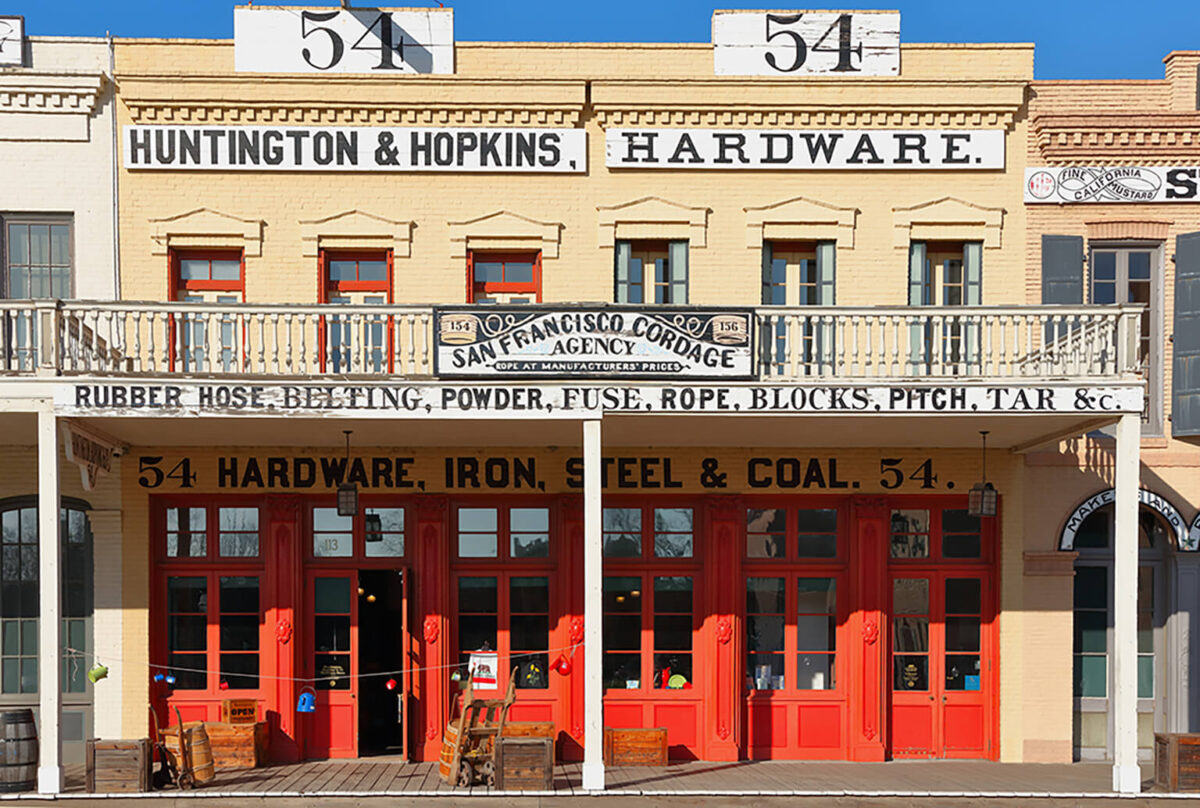On one side sits the Pacific Ocean. On the other,
San Francisco Bay. Quite simply, that’s what creates the Peninsula. Although we share a common geographic region, our individual communities each have distinct origin stories. We’re talking fascinating tales of threatening land grabs, rowdy saloons, Spanish kings and even Scottish folk songs. If you’ve ever wondered what’s with that next town’s name, we’ve wrangled a two-part (admittedly not-comprehensive and in no particular order) account that may both enlighten and surprise you. Come back next month for more!
Burlingame
1. Credit the Gold Rush in a roundabout way for the naming of Burlingame. It all started when businessman William Davis Merry (W.D.M.) Howard made a fortune, no, not by finding gold, but in the more practical way of selling prospectors all the provisions they needed to go out and not find gold.
2. Living in San Francisco, Howard bought the 6,500-acre Rancho San Mateo in 1850 for $25,000 (That’s $3.88 an acre!) with a plan to retire with his family to the country. Lamentably, he was struck by poor health within a few years.
3. After Howard died at the age of 36, the land was eventually sold off to prominent banker William Ralston, and although the details are a little fuzzy, to the diplomat Anson Burlingame, who created his own Peninsula estate. In addition to becoming the town’s namesake, Burlingame, who was appointed by President Lincoln as U.S. Minister to China, is also known for 1868’s “Burlingame Treaty” with China.
4. Following the 1906 earthquake, a number of San Francisco residents looked south for a fresh start and snapped up “for sale” lots in Burlingame, which was officially incorporated in 1908.
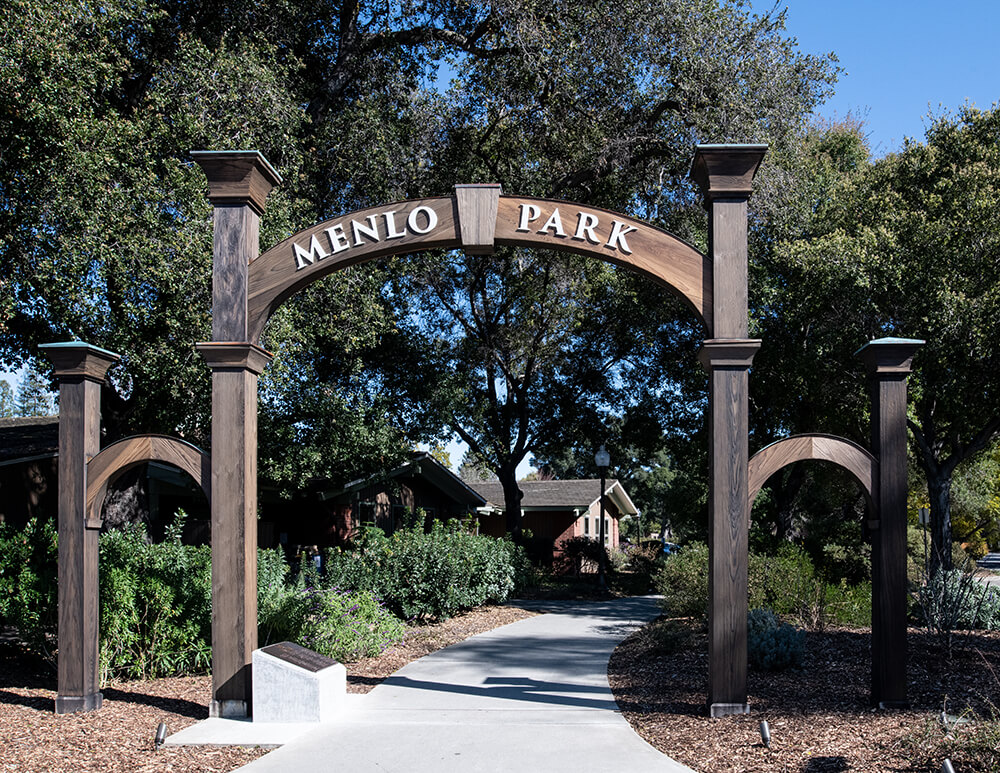
Menlo Park
1. Although the East Coast typically touts “first” bragging rights, in the case of Menlo Park, the West is the clear O.G. Contrary to conventional assumptions, our Menlo Park was not named after Menlo Park, New Jersey, famous for being the home of Thomas Edison (circa 1876). Indeed, the New Jersey city as well as Menlo, Washington, were named after our Peninsula town, not the other way around.
2. Menlo Park owes its name to two Irishmen who bought a large tract of the former Rancho de las Pulgas in 1854. They erected wooden gates proclaiming their new estate Menlo Park after their ancestral home in Menlough (meaning “middle lake”) in County Galway, Ireland.
3. When the railroad came through in 1863, the unnamed stop needed a name and the Menlo Park gates provided the perfect inspiration. (Of note: Menlo Park’s train station holds the record as the oldest continually operating station in California.)
4. What happened to the original Menlo Park signage? Sadly, it succumbed to a 1922 car accident. The good news? A reproduction of the historic arch was dedicated on St. Patrick’s Day in 2019, to celebrate the city’s Irish roots.
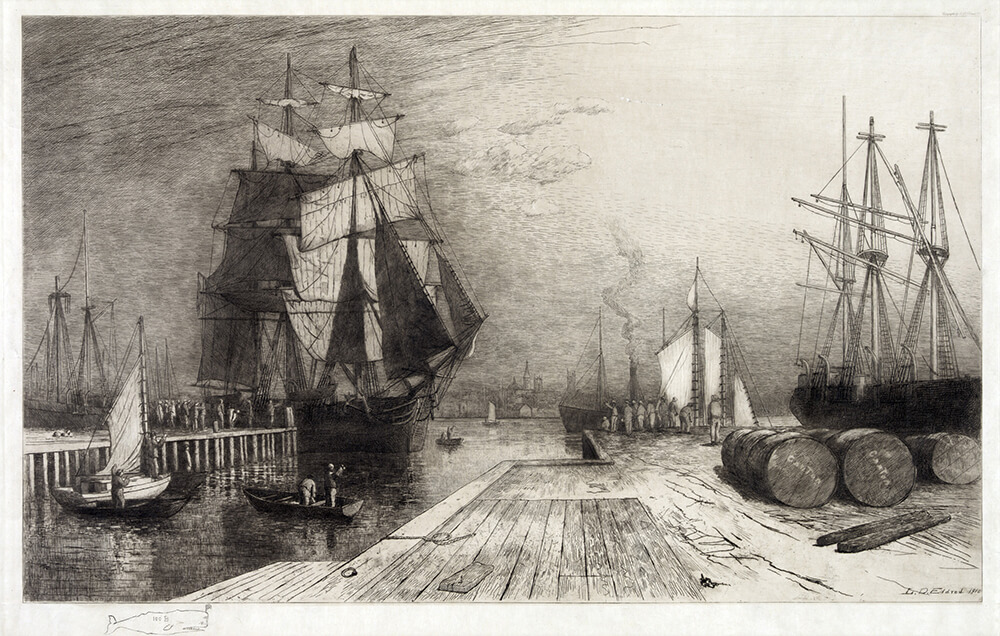
Hillsborough
1. Cue W.D.M. Howard again. The city of Hillsborough can boast an even more direct connection to the aforementioned successful businessman and trader, who originally hailed from Hillsborough, New Hampshire. (Er, sorry, Peninsula…the East Coast takes firsties in this case.)
2. The son of a wealthy shipping magnate, Howard recognized opportunity after sailing on one of his father’s ships to the West Coast. By the late 1840s, he was well established and in prime position to take advantage of the Gold Rush, which helped finance his purchase of the Rancho San Mateo Mexican land grant where Hillsborough is located.
3. As nearby towns of San Mateo and Burlingame expanded over time, there was talk of annexing the area’s grand estates. So, in 1910, the residents of Hillsborough (with its 89 registered voters) filed incorporation papers to make Hillsborough official.
4. Hillsborough’s grand estates, including Uplands, Home Place and La Dolphine, were gradually subdivided into smaller lots. In 1953, Hillsborough changed its minimum lot size to one-half acre, which explains why you’ll find no apartments, condos or businesses within its city limits.
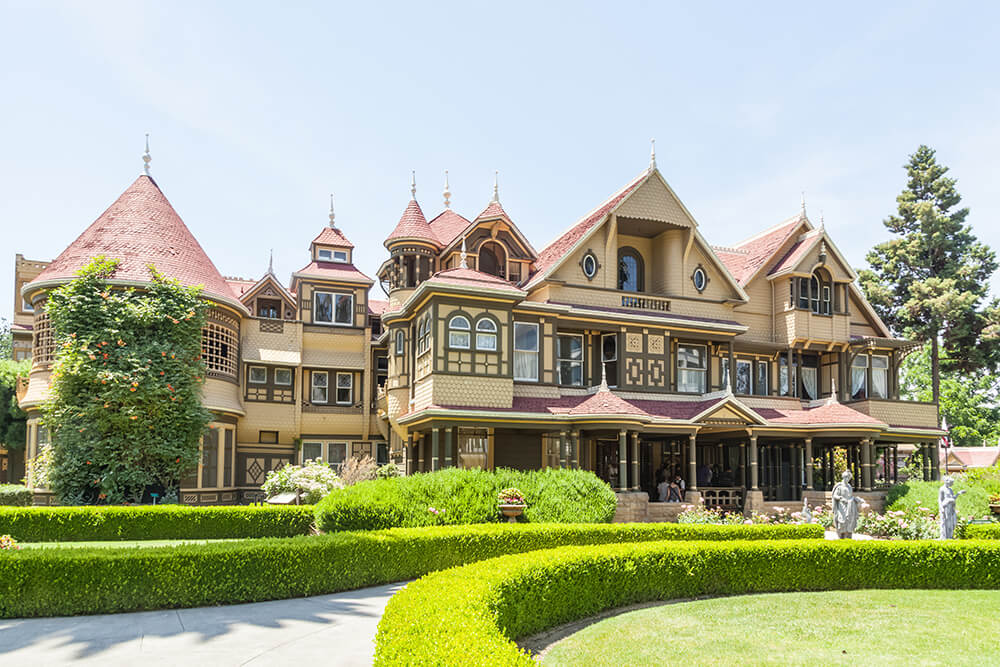
Los Altos
1. “Ye banks and braes o’ bonnie doon…” go the lyrics that could have inspired the moniker of a Peninsula town. Although some farmers and orchardists suggested Gopher Ville, early settlers called the area Banks and Braes after the traditional Scottish song.
2. The days of Banks and Braes were numbered when Paul Shoup, a Southern Pacific Railroad Executive, partnered with friends to form the Altos Land Co. in 1906. The group purchased 140 acres between Palo Alto and Mountain View from Sarah Winchester of the “Winchester Mystery House” (AKA the widow of the inventor of the Winchester rifle).
3. Next step: Create a town to serve the new Southern Pacific Railroad line between Mayfield and Los Gatos. The developers quietly changed the name to the more dignified Los Altos, meaning “the heights,” since the location was the crown point on the rail line.
4. In the face of rumblings about Los Altos possibly being annexed by Palo Alto or Mountain View, the good people of Los Altos officially incorporated in 1952 and became the 11th city within Santa Clara County.
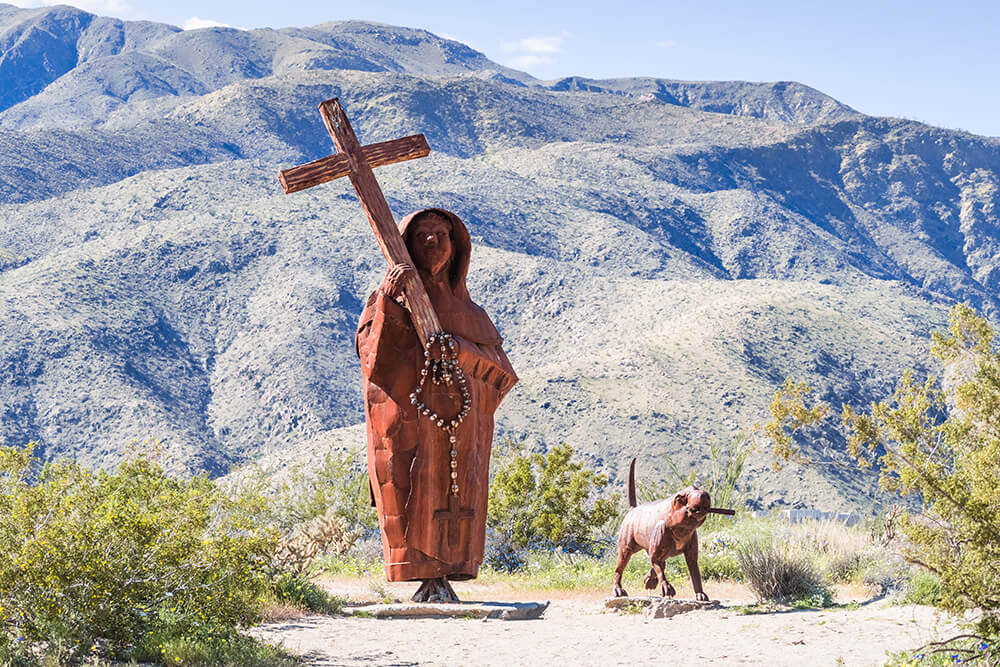
San Mateo
1. In 1776, Spanish explorers arrived in what’s now San Mateo to scout for a good place to start a colony. Among them was Padre Pedro Font, who named the creek that they camped by “San Mateo,” Spanish for “St. Matthew.”
2.The city of San Mateo was originally part of the Rancho de las Pulgas (literally “Ranch of the Fleas”) and the Rancho San Mateo. These large land masses were also home to what became the town of San Carlos.
3. Like many other Peninsula towns, much development came about from wealthy San Francisco folks building summer homes in San Mateo. One of the most famous residents was A.P. Giannini, founder of Bank of Italy (later known as Bank of America), who built his Seven Oaks mansion on El Cerrito Avenue.
4. In 1889, the completion of Crystal Springs Dam (i.e. quality drinking water) triggered even more growth, leading to San Mateo’s official incorporation in 1894.
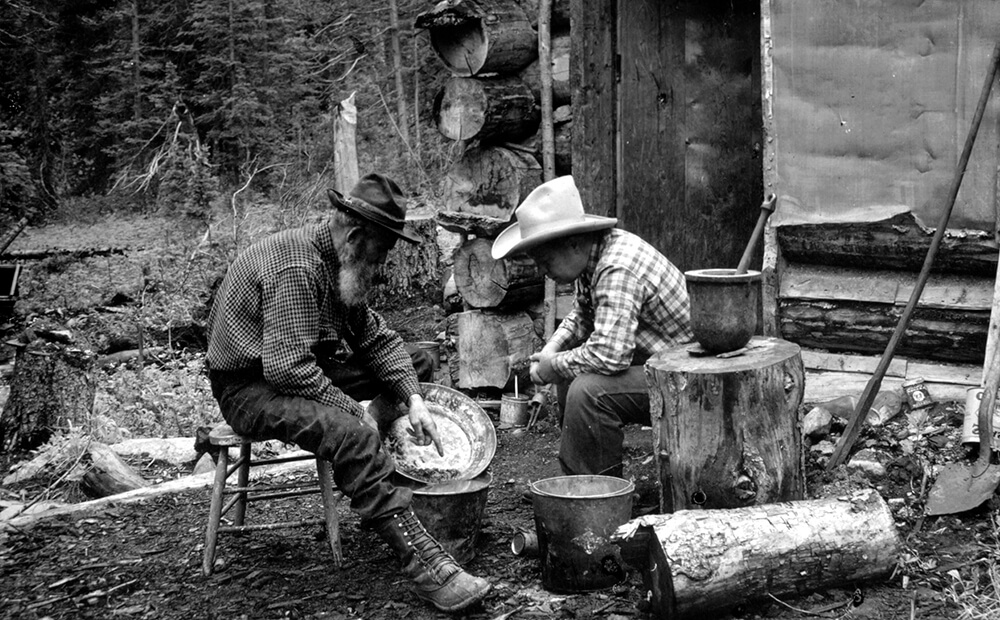
Atherton
1. Thanks to an early career selling goods in South America, Faxon Dean Atherton was perfectly placed to take advantage of the Gold Rush, where he made a fortune in shipping and trading. Finally making his home in the Golden State in 1858, Atherton became one of the richest Californians, influential in all manner of business and commerce.
2. After selling his lands in Chile, Atherton purchased over 600 San Mateo County acres known as Fair Oaks in 1860 for, hold your hat, $10 per acre.
3. Atherton built his country home, Valparaiso Park, approximately where the Menlo Circus Club is today, and a string of other wealthy San Francisco folks followed him, including the Selbys, the Floods, the Macondrays, and later the Hopkins and Stanford families.
4. When Menlo Park made a move to absorb Fair Oaks lands in 1923, Fair Oaks property owners rallied to maintain their strictly residential culture. They rushed to incorporate independently but hit a snag: There was already a Fair Oaks on the books near Sacramento.
5. Calling an audible, the decision was made to name the town Atherton, in honor of the area’s preeminent first property owner and Atherton was officially incorporated on September 12, 1923.
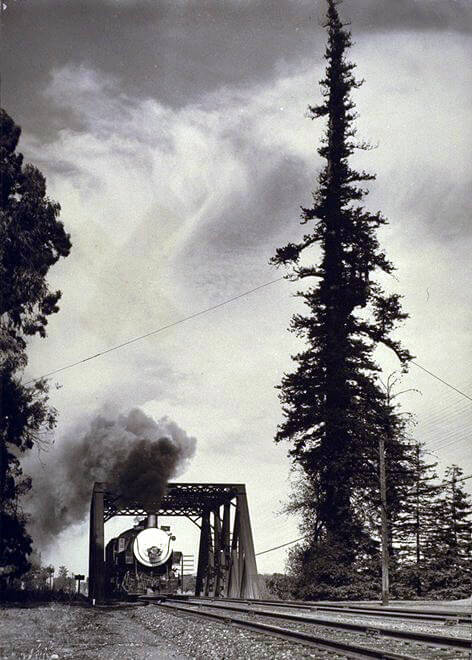
Palo Alto
1. Palo Alto’s heritage is a bit muddled, with its patchwork of parts coming together to form the current city limits. Understanding Palo Alto’s history also reveals why it’s the only Peninsula city with two downtowns.
2. Dating back to 1855, the township of Mayfield (anchored by today’s California Avenue) was the original hub in the area. But when the great local landholder, Leland Stanford, decided to create a university following the death of his young son in 1884, he demanded that the nearby town prohibit alcohol. When saloon-heavy Mayfield declined to go “dry,” Stanford bought other land to create a new gateway for his nascent university.
3. Named after El Palo Alto, the landmark redwood tree that still stands at the corner of El Camino Real and Alma Street, the new town of Palo Alto (with University Avenue as its central artery) flourished and ultimately annexed Mayfield in 1925.
4. To trace the true historical roots of the city’s name, you have to go back to 1769’s Portolá Expedition. When the early Peninsula explorers camped out under a tall redwood tree, they referred to it as “El Palo Alto,” meaning “the tall stick.” The name clearly stuck, given that it inspired the naming of the area—and ultimately the city. (Not to mention Stanford University’s mascot.)
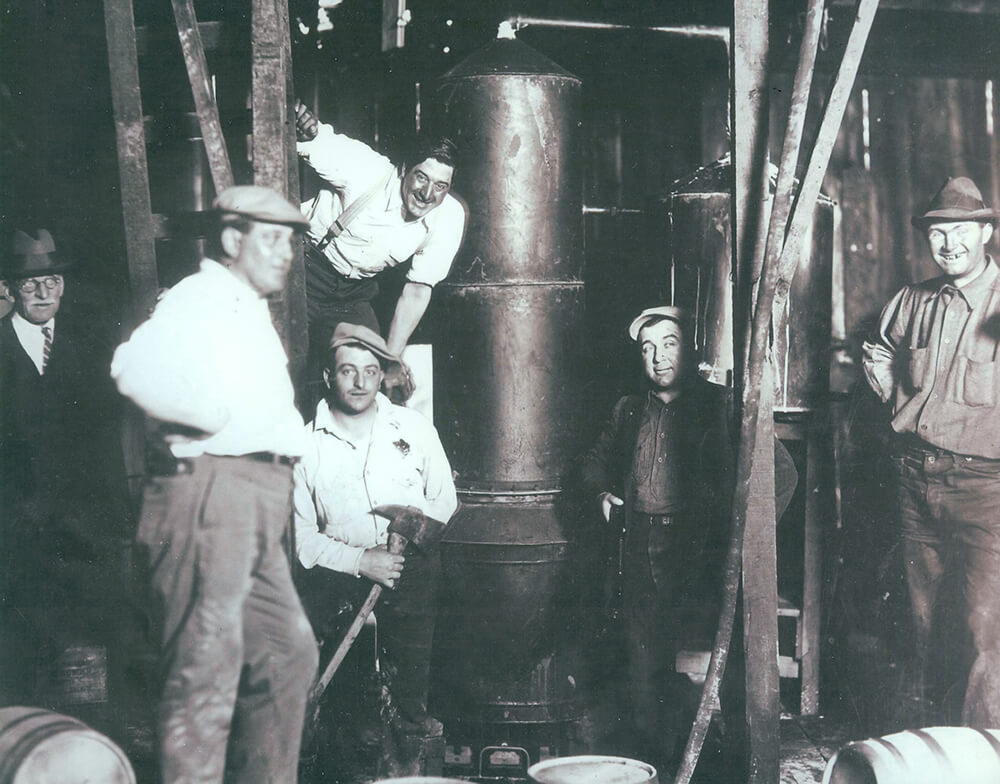
Half Moon Bay
1. When it comes to the oldest settlement in San Mateo County, Half Moon Bay likely takes the prize. After land grants were given to early Mexican settlers in the 1840s, the area known as San Benito was renamed “Spanishtown” because of the large number of Spanish-speaking inhabitants.
2. In 1874, Spanishtown gave way to Half Moon Bay, to honor the crescent-shaped harbor (near today’s El Granada) just up the coast from town.
3. The identity of Half Moon Bay took a twist during the Prohibition Era, when the area’s hidden coves and heavy fog provided the perfect conditions for local moonshiners and rumrunners from Canada to smuggle illegal liquor ashore.
4. Half Moon Bay was officially incorporated in 1959 and continues to boast more than 50 historical sites and buildings, dating back to the 1800s.
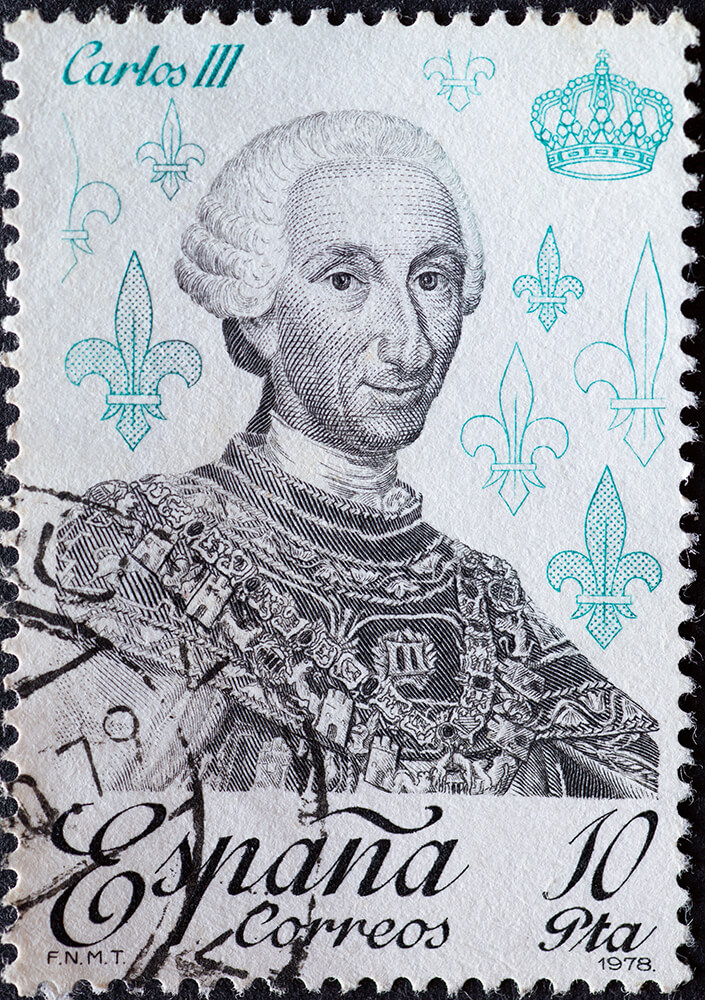
San Carlos
1. Here’s what we know: San Carlos (Spanish for St. Charles) was originally part of the large Rancho de las Pulgas grant made to Don José Darío Argüello in 1795, who used the land to raise cattle and crops. Doing his pops proud, Arguello’s son, Luis Arguello, became the first native-born governor of California.
2. What’s not known for certain is the original inspiration for the name. Here are three possible explanations:
● The Portola Expedition discovered San Francisco Bay on November 4, 1769, the date associated with the Feast of St. Charles (San Carlos).
● Don Gaspar de Portolá claimed this new land for the Spanish king, who happened to be King Carlos III.
● Lt. Juan Manuel de Ayala brought the first sailing ship into San Francisco Bay in 1775. The name of his trusty vessel? The San Carlos, of course.
3. Back in the 1890s, San Carlos had a population of 50. After three attempts to incorporate the city, San Carlos finally achieved its goal in 1925 (with 600 residents) thanks to the efforts of Frederick Drake, known as “The Father of San Carlos.” It was Drake who coined the town’s motto: “The City of Good Living.”
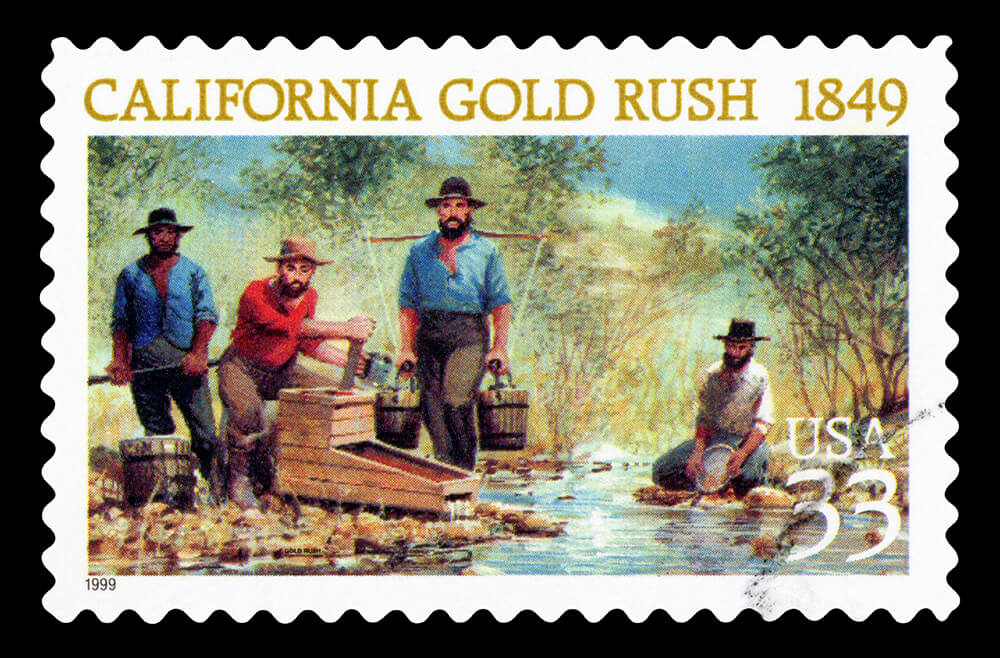
Woodside
1. Searching for San Francisco Bay, the same group of explorers led by Gaspar de Portolá came through Woodside in 1769.
2. In the 1830s, the Woodside area became home to some of the first English-speaking settlers on the Peninsula who ventured here to log the area’s rich redwood growth. Charles Brown built the first sawmill on his Mountain Home Ranch in 1839, and Brown’s adobe house still stands today.
3. During the 1849 Gold Rush, a 20-year-old lad named Mathias Alfred Parkhurst purchased 127 acres of timberland and called it… Woodside. Woodside’s lumber played a vital role in building San Francisco (and rebuilding it after the 1906 earthquake), with timber being floated up to SF from the nearby port now known as Redwood City.
4. As San Mateo County’s population took off in the 1950s, Woodside eyed the area’s rapid growth with concern. In 1956, the town voted to incorporate to preserve the rural, residential nature of the community.
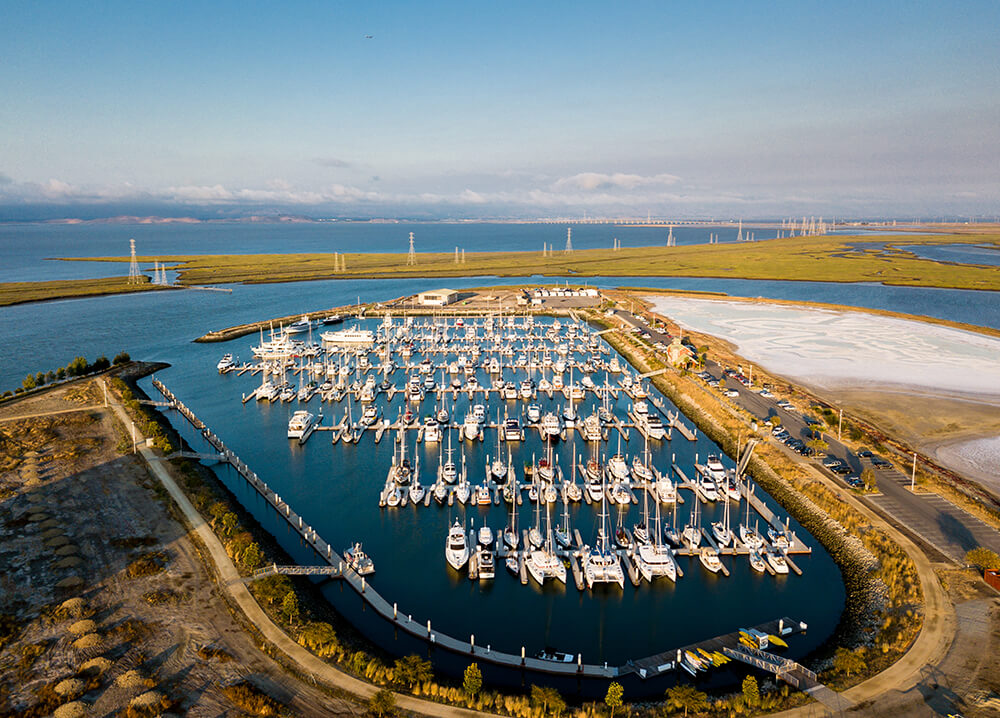
Redwood City
1. What’s the oldest city on the San Francisco Peninsula? If you guessed Redwood City, you’d be right. Founded as a port town during the Gold Rush, Redwood City is the only deepwater port on San Francisco Bay south of San Francisco.
2. Situated along Redwood Creek, a channel off of the Bay, Redwood City was originally part of that same vast Rancho de Las Pulgas land grant given to the Arguello family in 1835.
3. After laying out the town in 1854, attorney Simon M. Mezes took it upon himself to find an inspired name for the new settlement. “I’ve got it!” you can imagine him saying: “Mezesville!” Apparently, not everyone was a fan.
4. When San Mateo County was formed in 1856, Redwood City was selected as the county seat, a designation that endures to this day. In 1867, Redwood City became the first city in San Mateo County to incorporate. Officially ditching Mezesville, the community instead gave props to the lumber business that drove the area’s rapid growth. (Take solace, Simon. Redwood City’s Mezes Park still carries your name.)
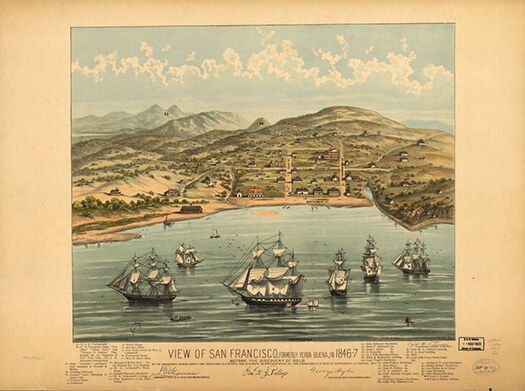
Portola Valley
1. Portola Valley’s name comes with a spirited adventurer behind it: Spaniard Gaspar de Portolá, the first European explorer to step foot on the Peninsula way back in 1769.
2. In the 1880s, like many industrialists of his time, Andrew Hallidie (a developer of metal wire rope and the acclaimed inventor of the cable car) built a hillside country home on the Peninsula. Hallidie’s Eagle Horse Farm comprised most of what is now considered Portola Valley.
3. In 1886, the former community of Crystal Springs (which met a watery end when the Crystal Springs dam was built) bestowed the name Portola-Crespi Valley on the area. In another shout-out to the early explorers, Juan Crespí was a Franciscan friar with the Portolá Expedition.
4. It took until 1964 for the town of Portola Valley (sans Crespi) to officially incorporate with Sunset magazine owner Bill Lane as its first mayor.
5. Bonus fact: In a spectacular demonstration of his expertise, Hallidie built a 7,341-foot aerial tramway from his home to the top of Skyline in the Santa Cruz Mountains. Sadly, no rides for current residents—it was dismantled after his death in 1900.


